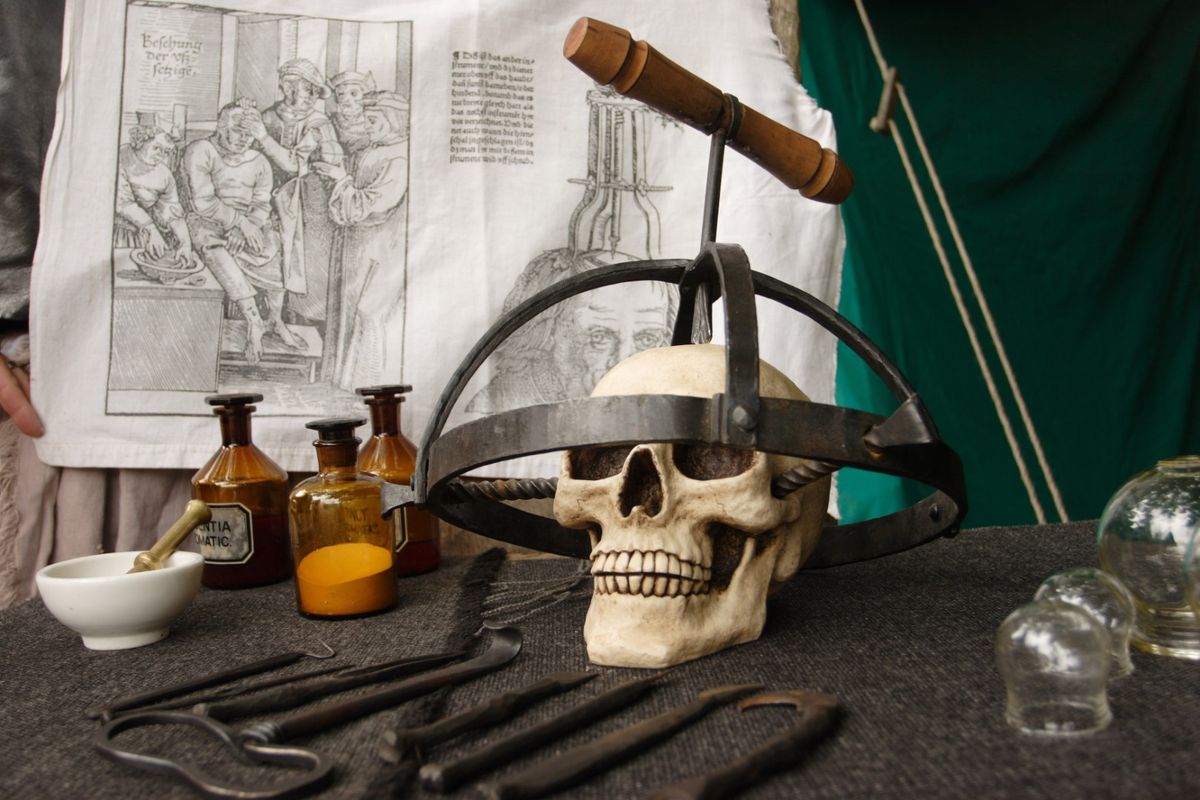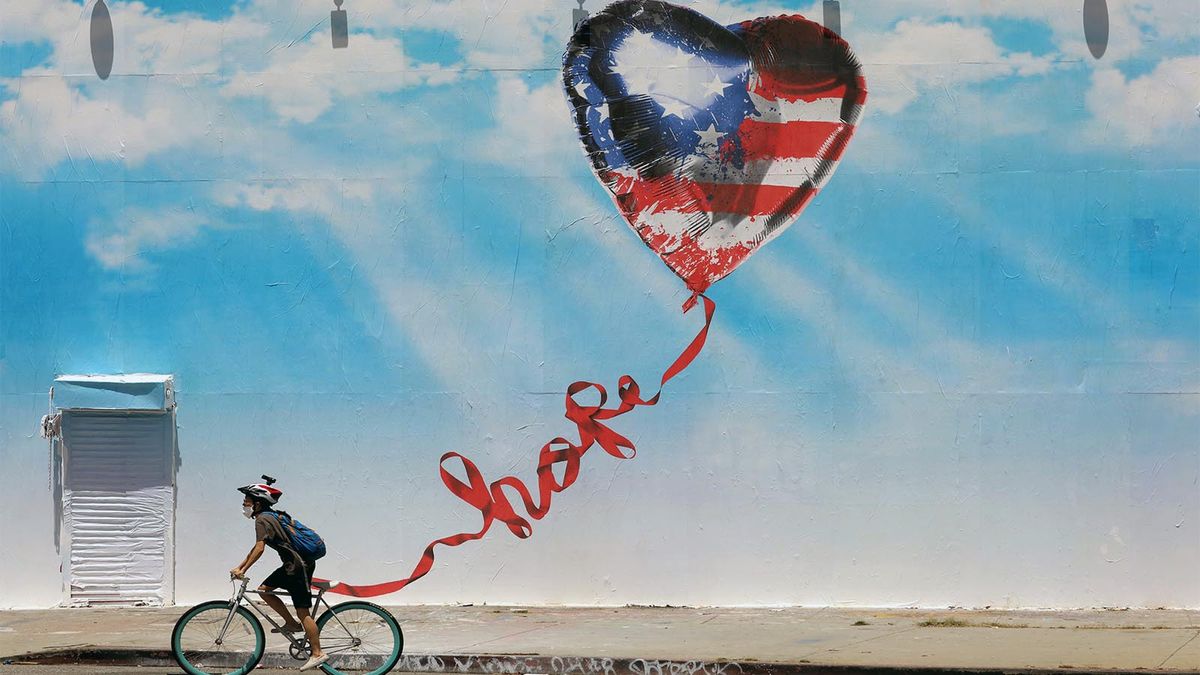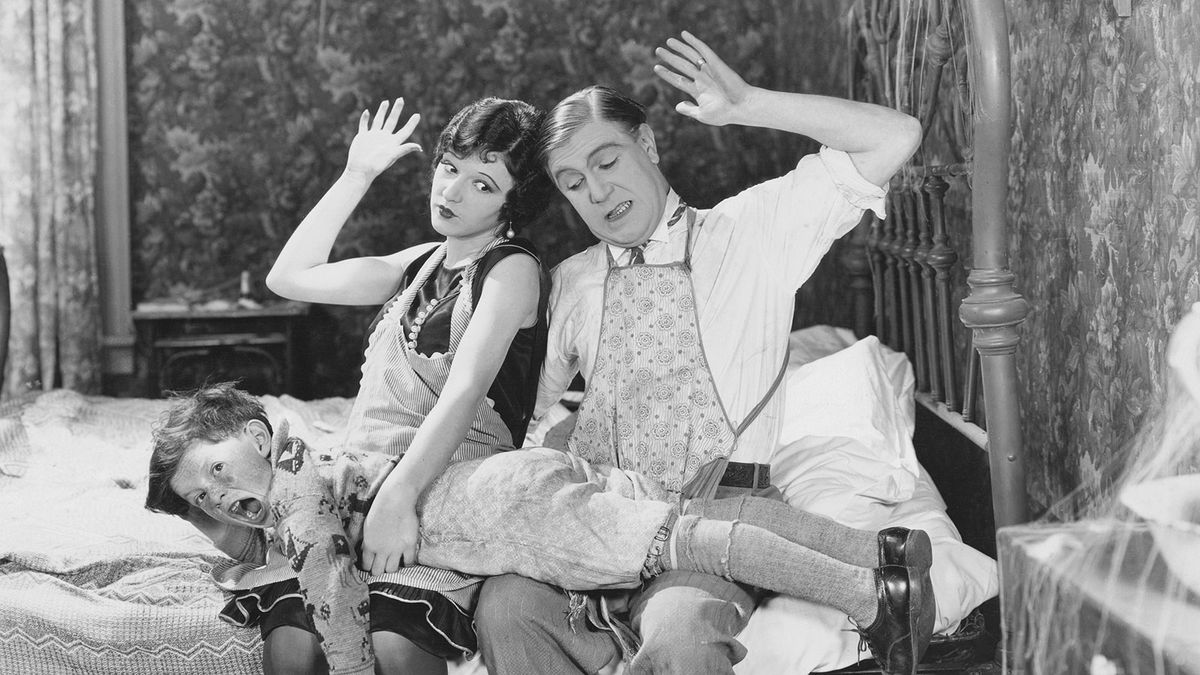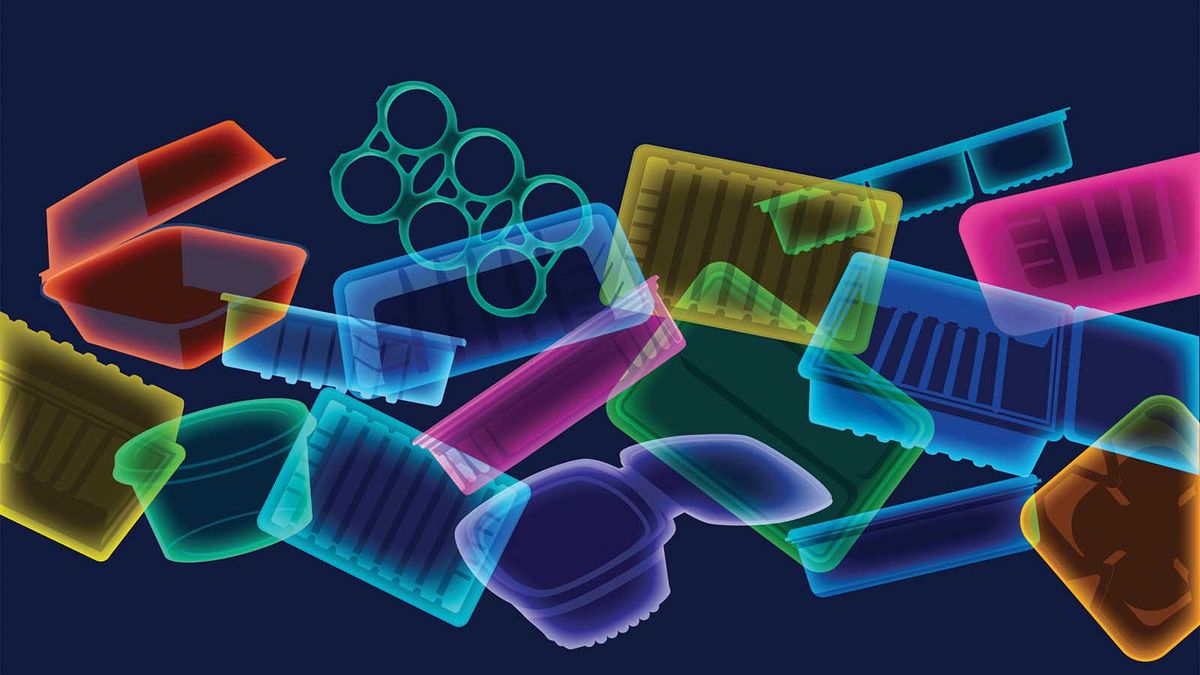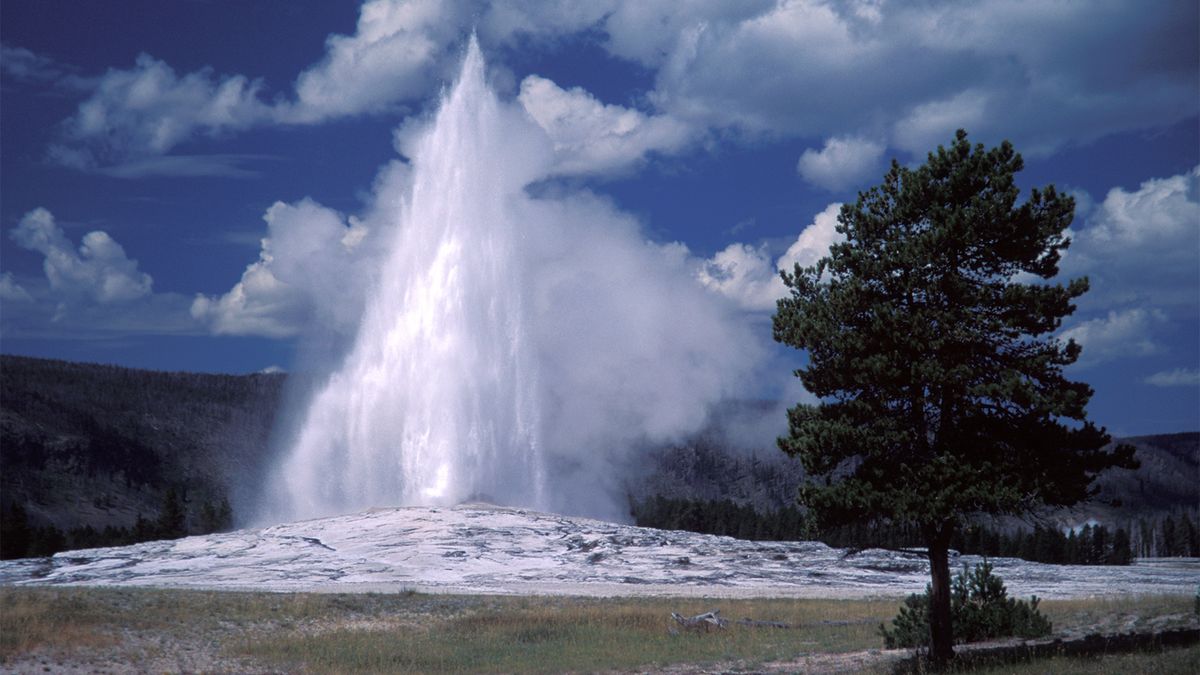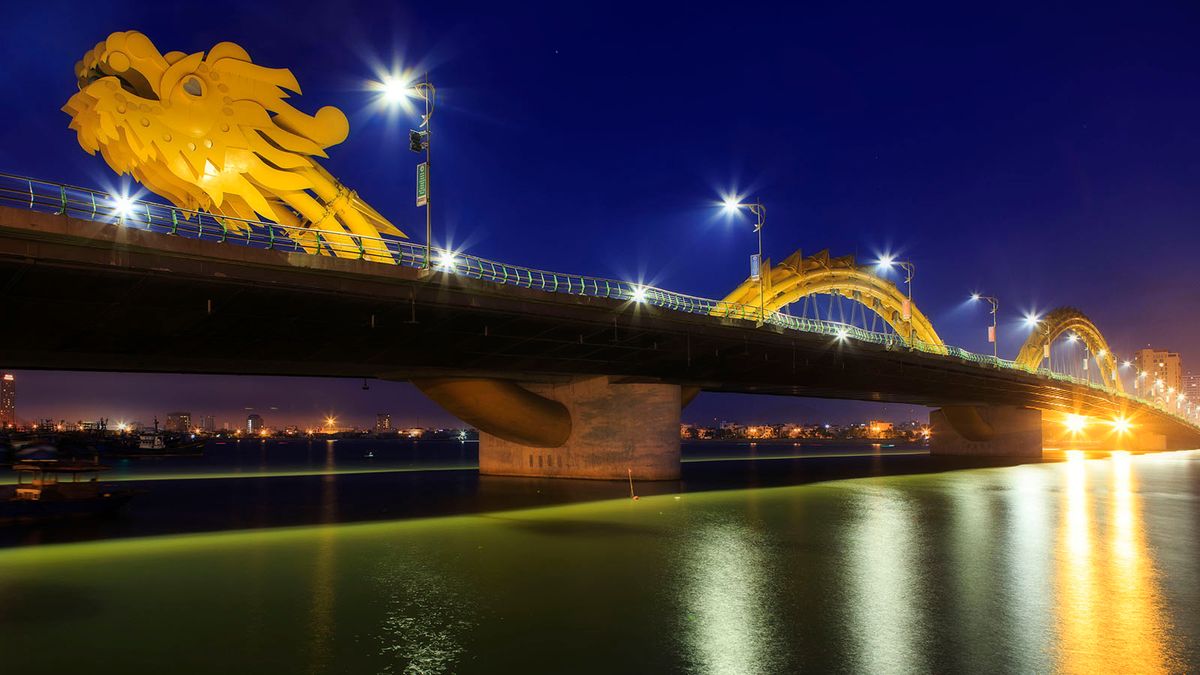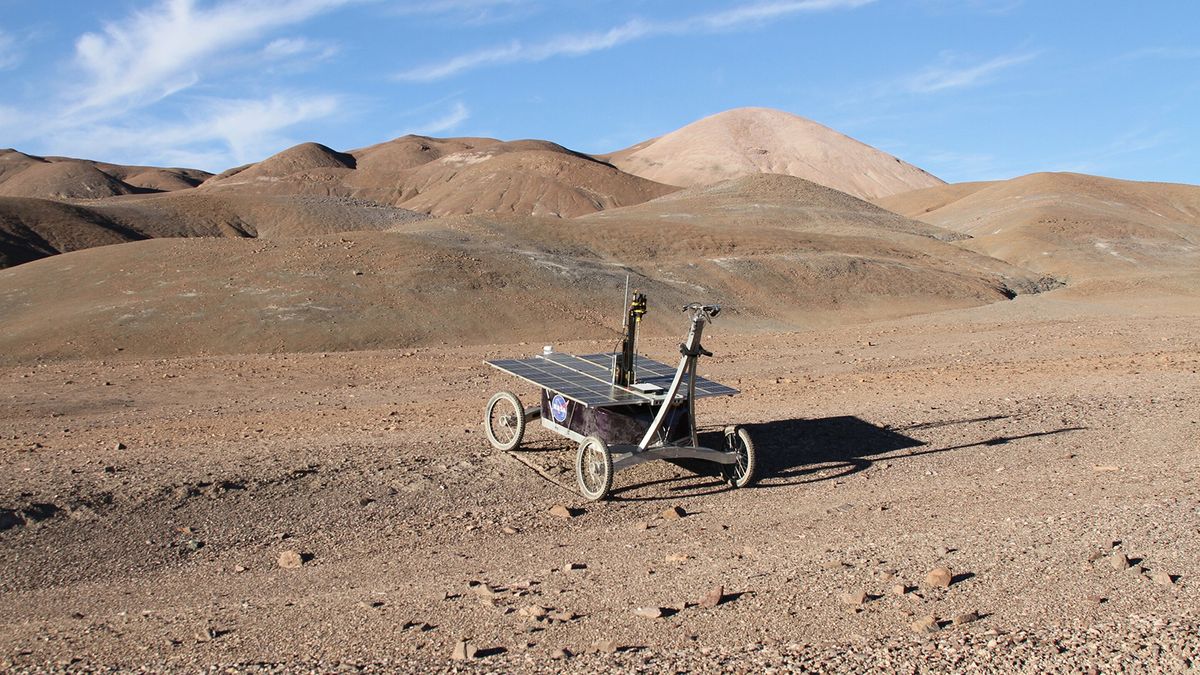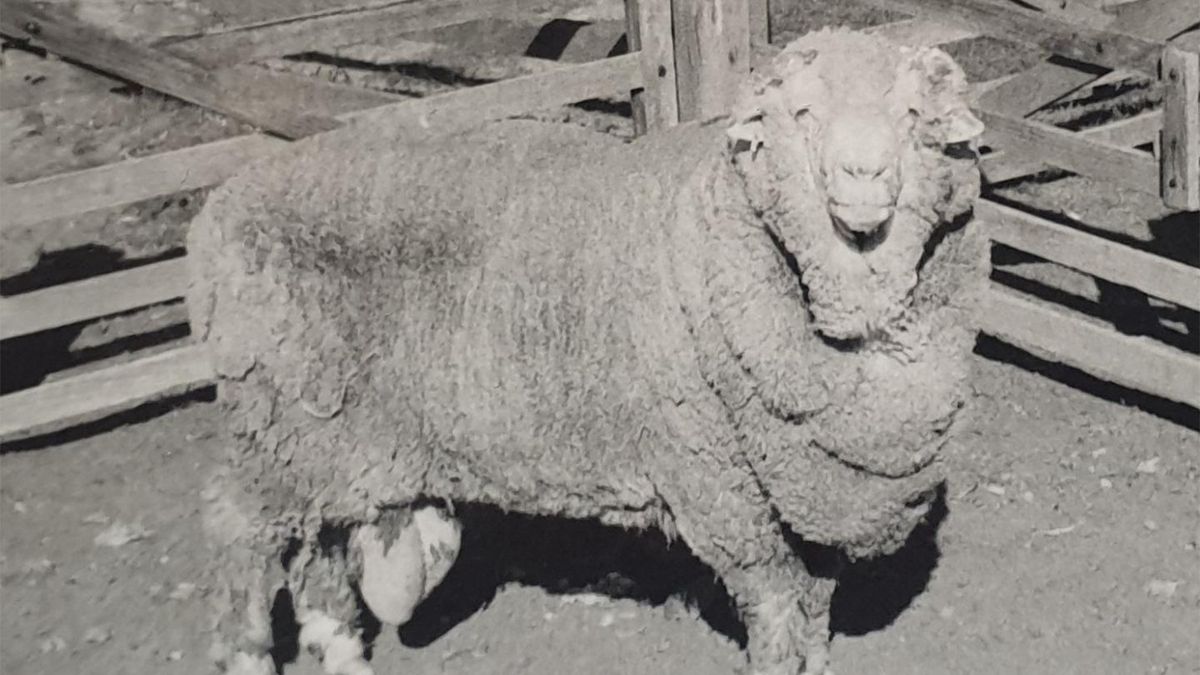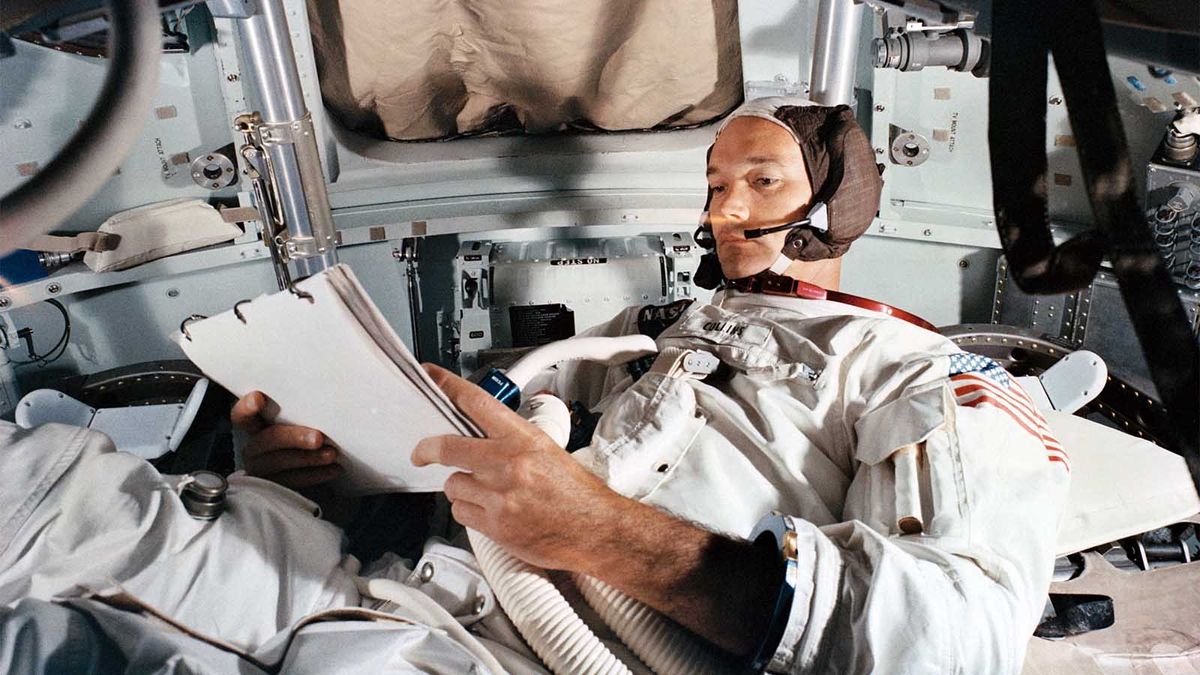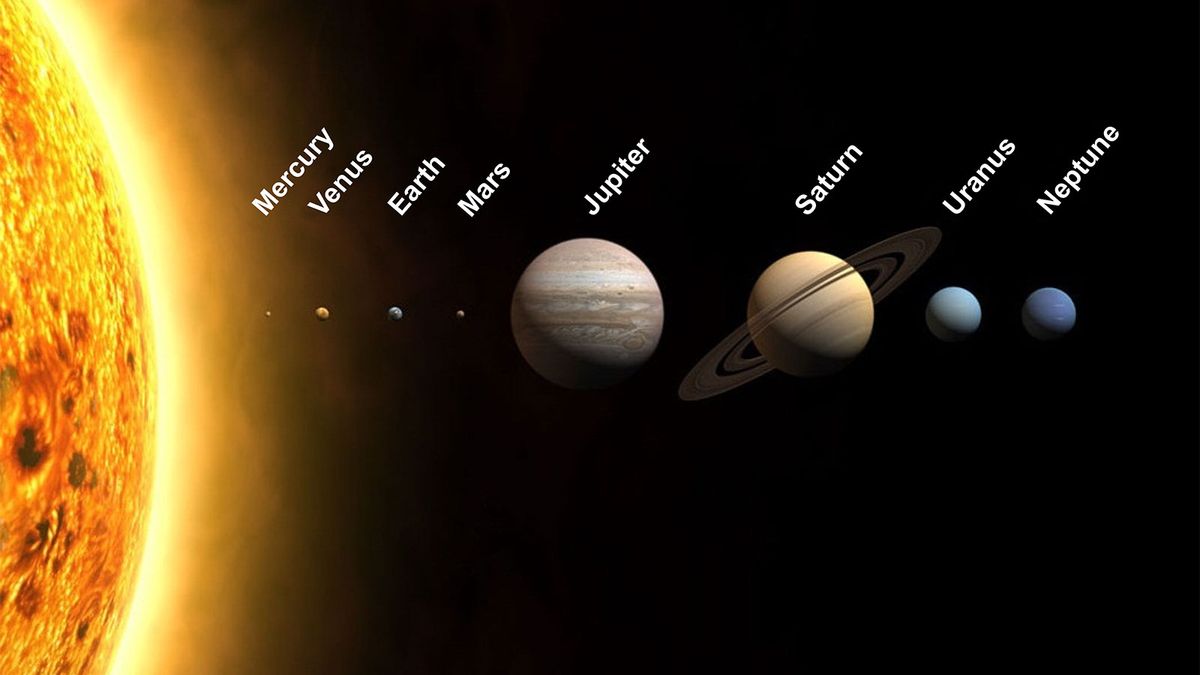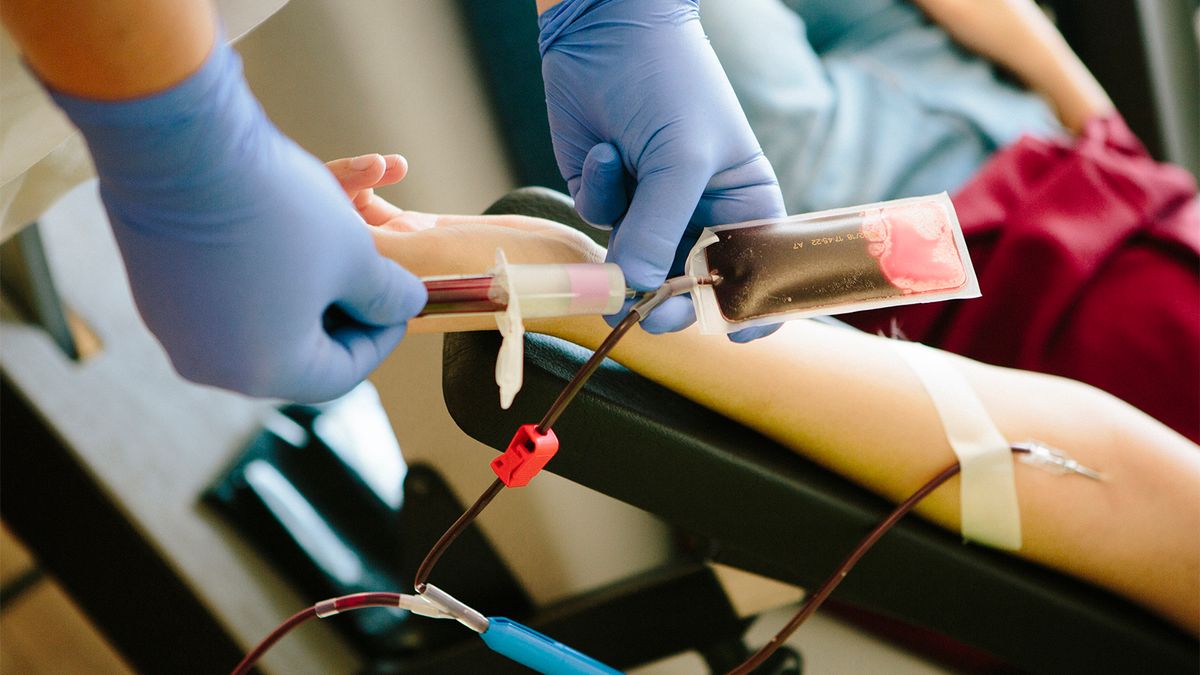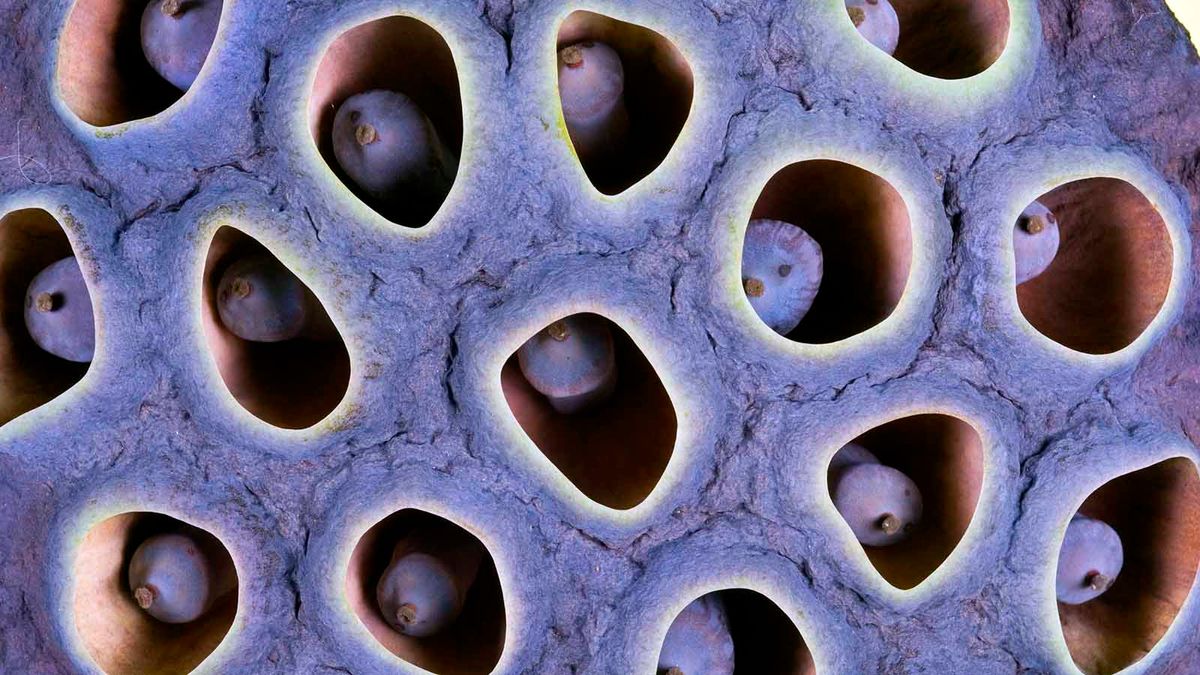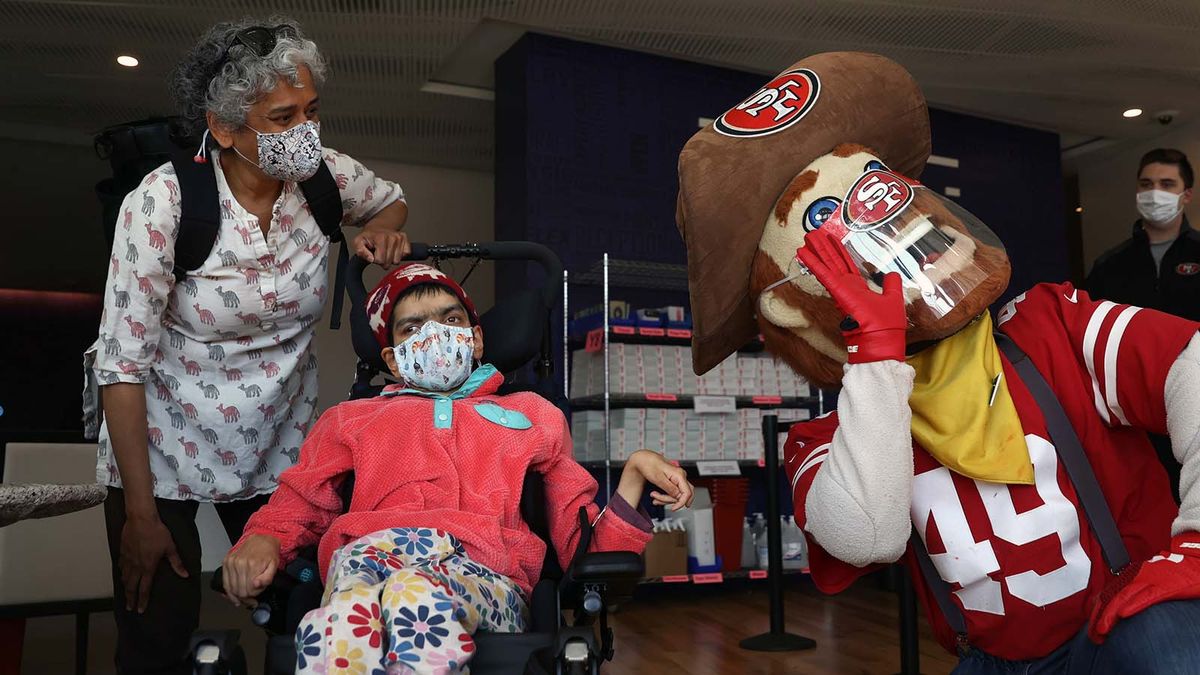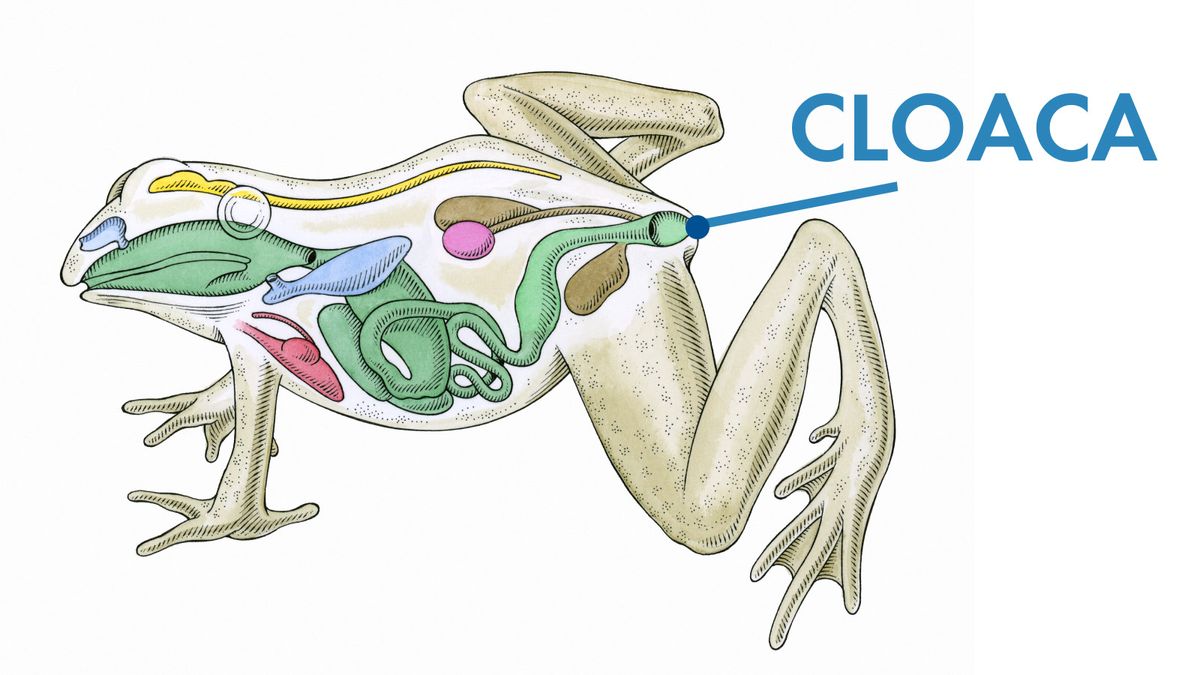
มาเซราติมีความหมายเหมือนกันกับรถยนต์เลือดร้อนของอิตาลี และรถสปอร์ตที่แสดงในหน้าถัดไปคือรถที่ดีที่สุดของสายพันธุ์ แต่ก่อนอื่น มาเริ่มกันด้วยประวัติเล็กน้อย
มาเซราติเป็นชื่อครอบครัวของพี่น้องหกคนจากโบโลญญา กลุ่มผลิตรถยนต์ที่โด่งดังเมื่อรถรุ่น Tipo 26 ของพวกเขาขึ้นเป็นที่หนึ่งในชั้นเรียนในปี 1926 Targo Florio ซึ่งเป็นการแข่งขันบนถนนซิซิลีที่มีความต้องการสูง
ตลอดช่วงทศวรรษที่ 1930 รถยนต์และเครื่องยนต์ที่สร้างโดยมาเซราติสถือเป็นรถสปอร์ตที่เร็ว ล้ำหน้าที่สุดในด้านเทคนิคที่สุด และสวยงามที่สุดในยุคนั้น เครื่องจักรที่ใช้ในการผลิตของพวกเขาชนะการแข่งขันบนถนนที่ใหญ่ที่สุดในยุโรป และหนึ่งในรถที่นั่งเดี่ยวของพวกเขายังชนะ Indianapolis 500 ในปี 1939 และ 1940
แรงกดดันทางการเงินหลังสงครามบังคับให้พี่น้องต้องขายออกไปในกระเป๋าที่ลึกกว่า พวกเขายังคงก่อตั้ง Officine Specializate Costruzione Automobili (OSCA) ในปี 1947 และสร้างรถแข่งในทศวรรษ 1960
ในขณะเดียวกัน ยี่ห้อ Maserati ก็ได้สืบทอดตำแหน่งต่อๆ มาของเจ้าของ ซึ่งชื่อนี้ยังคงเชื่อมโยงกับความรุ่งโรจน์ของการแข่งขันของบรรดาผู้ทรงอิทธิพลอย่าง F1-chamption 250F และ Birdcage sports racer รถยนต์บนท้องถนนจำนวนน้อยสวมสามง่าม Maserati หลังสงครามโลกครั้งที่ 2 แต่การบุกทะลวงคือ3500GTในปี 1957 ซึ่งเป็นรถเก๋งหรูหราที่ขับเคลื่อนโดยอินไลน์หกที่คู่ควรแก่การแข่งขัน
Sebring coupe และ Convertible และ Ghibli ในสไตล์ Giugiaro ที่โดดเด่นนั้นเป็นหนึ่งในรถ Maseratis ที่ประสบความสำเร็จในการปฏิบัติตามสูตรนี้ก่อนการพัฒนาครั้งถัดไป นั่นคือ เครื่องยนต์วางกลาง V-8 Boraของปี 1971 และ V-6 Merakในปี 1972
นำโดย Biturbo ซีรีส์ Maserati ผลักไสสัญชาตญาณการเล่นกีฬาของเขาให้กลายเป็นรถเก๋งและรถเปิดประทุนตลอดช่วงทศวรรษ 1980 และ 1990 การเป็นเจ้าของในขณะนี้อยู่ภายใต้กลุ่ม Fiat ยักษ์ใหญ่ และในช่วงเวลาหนึ่ง Maserati ถูกควบคุมโดย Fiat อีกรายหนึ่งซึ่งไม่มีใครอื่นนอกจากคู่แข่งเก่าอย่าง Ferrari
เราจะเริ่มกันในหัวข้อถัดไปกับ Maserati A6/1500
เรียนรู้เพิ่มเติมเกี่ยวกับมาเซราติและรถสปอร์ตรุ่นอื่นๆ ได้ที่:
- รถสปอร์ตทำงานอย่างไร
- ใหม่รีวิวรถสปอร์ต
- รีวิวรถสปอร์ตมือสอง
- รถยนต์ของกล้ามเนื้อ
- วิธีการทำงานของเฟอร์รารี
- วิธีการทำงานของฟอร์ดมัสแตง
- มาเซราติ A6/1500
- มาเซราติ A6G & A6G/2000
- มาเซราติ 3500GT
- มาเซราติ เซบริง
- Maserati Mistral
- มาเซราติ เม็กซิโก
- มาเซราติ จิบลิ
- Maserati Indy
- มาเซราติ โบรา
- Maserati Merak
- มาเซราติ คำสิน
- Maserati Kyalami
มาเซราติ A6/1500

มาเซราติในอิตาลีสร้างรถยนต์แข่งขันขึ้นเฉพาะในช่วงปีแรกๆ (ช่วงอายุยี่สิบและสามสิบ) แม้ว่าจะประสบความสำเร็จอย่างสูงก็ตาม แต่มีการเปลี่ยนแปลงจุดเน้นไม่นานหลังจากที่ตระกูล Maserati ขายหมดให้กับกลุ่ม Orsi ในปี 1938 หลังสงครามโลกครั้งที่สอง มาเซราตีเริ่มความพยายามอย่างจริงจังมากขึ้นในการผลิตไม่ใช่แค่รถแข่งแต่รวมถึงรถยนต์บนท้องถนนด้วย ดังนั้น รถ Maserati รุ่นแรกที่ใช้ชื่อว่า A6/1500 จึงได้รับการประกาศอย่างเป็นทางการในปี 1947 (หลังจากสองคันถูกสร้างขึ้นในปีที่แล้ว)
มาเซราติยังคงเป็นความกังวลเล็กๆ น้อยๆ ที่พยายามดิ้นรนเพื่อฟื้นจากความหายนะในช่วงสงคราม ดังนั้นนี่คือเครื่องจักรที่ออกแบบมาอย่างเรียบง่าย อย่างที่คุณอาจเดาได้จากการกำหนด กำลังขับเคลื่อนโดยเครื่องยนต์หกสูบที่มีปริมาตรกระบอกสูบประมาณ 1500 ซีซี
อันที่จริงมันสืบเชื้อสายมาจากหน่วยรถแข่งทวินแคมขนาด 6 ซม. ซูเปอร์ชาร์จในปี 1936 (ซึ่งยังไม่ถูกลืม เพียงวางไว้ข้างรถที่ยังคงความสปอร์ตที่จะมาถึง) แต่ก็มีศักยภาพน้อยกว่ามาก ด้วยความทะเยอทะยานปกติและเพลาลูกเบี้ยวเหนือศีรษะเดี่ยวที่ทำงานวาล์วตรงข้ามผ่านแขนโยก ทำให้ส่งกำลังได้เพียง 65 แรงม้า เมื่อเทียบกับ 175 แรงม้าของผู้ปกครอง เหตุผลหนึ่ง: การปรับเชื้อเพลิงเกรดต่ำในจำนวนจำกัดของอิตาลีหลังสงคราม กระปุกเกียร์เป็นแบบ 4 สปีดที่ออกแบบใหม่จากธุรกิจอื่นๆ มากมายของ Orsis

เช่นเดียวกับรถยนต์รุ่นอื่นๆ ในปีนี้ A6/1500 มีแชสซีแบบธรรมดาที่แยกจากกัน โดยมีรางด้านข้างแบบท่อและแบบไขว้ ระบบกันสะเทือนด้านหน้าเป็นแบบอิสระด้วยคอยล์สปริงและปีกนก เพลาแบบมีล้อซึ่งติดตั้งโดยแขนต่อท้ายบนคอยล์ที่ด้านหลัง
งานออกแบบ A6/1500 เริ่มต้นขึ้นในปี 1943 เมื่อ Ernesto Maserati วางเครื่องยนต์ แต่เขตสงครามค่อยๆ เคลื่อนเข้าใกล้โมเดนามากขึ้นเรื่อยๆ ดังนั้นการทดสอบแท่นเครื่องยนต์จึงไม่เริ่มต้นจนถึงปี 1945 ต้นแบบเดิมมีสภาพที่หยาบและแคบ ตัวถังที่มีบังโคลนจักรยานแบบ Allard-like แยกกัน แต่ภายหลังได้รับการซ่อมแซมโดย Pinin Farina ซึ่งcarrozzerie ได้จัดหาเปลือกที่มีสไตล์เหมือนกันสำหรับการผลิตทั้งหมดเพียง 61 ยูนิต
เป็นที่คาดการณ์ได้ว่า Maseratis ทั้งหมดนี้เป็นรถยนต์ที่สร้างขึ้นด้วยมืออย่างมีประสิทธิภาพ หลังจากสองตัวอย่างในปี 1946 บริษัทสร้างเสร็จสามครั้งในปี '47 เก้าในปีถัดไป 25 ในปี 1949 และ 22 ปีหลังจากนั้น รวมแล้วคือแมงมุม Farina จำนวนหนึ่งและรถเก๋ง Zagato หนึ่งตัว
สำหรับประสิทธิภาพนั้น A6/1500 อ้างว่าทำความเร็วได้ 95 ไมล์ต่อชั่วโมง แม้ว่ามันจะไม่สามารถไปได้เร็วขนาดนั้น แต่แชสซีของมันนั้นดี และจะทำงานได้ดีกับเครื่องยนต์ 2.0 ลิตรและเครื่องยนต์ทวินแคมที่ทรงพลังกว่าในอนาคต A6 ได้ปรากฏตัวในการแข่งขันหนึ่งหรือสองครั้งแม้ว่าจะเป็นการส่วนตัว
มันอาจจะดูอ่อนน้อมถ่อมตน แต่อย่างน้อย A6/1500 เป็นจุดเริ่มต้นสำหรับ Maseratis บนท้องถนน เมื่ออายุหกสิบเศษ พวกมันจะมีเครื่องยนต์ที่ใหญ่เป็นสามเท่า ซึ่งให้แรงม้าเพิ่มขึ้น 500 เปอร์เซ็นต์ และป้ายราคาที่เข้ากัน -- แต่ต้นโอ๊กอันยิ่งใหญ่ก็เติบโตจากต้นโอ๊กเล็กๆ เหล่านี้
To learn more about Maserati and other sports cars, see:
- How Sports Cars Work
- Sports Cars of the 1940s
- Sports Cars of the 1950s
- New Sports Car Reviews
- Used Sports Car Reviews
- Muscle Cars
- How Ferrari Works
- How the Ford Mustang Works
Maserati A6G & A6G/2000

Although still more interested in and involved with race cars, Maserati was sufficiently encouraged by the success of its first “production” model, the A6/1500, to plan a successor. In retrospect, the new A6G series was a long way from Maserati’s first supercar, the 3500, but was definitely a step in the right direction.
จริงๆ แล้ว มี Maserati A6G สองรุ่นในปี 1951-57 ทั้งสองใช้วิวัฒนาการของแชสซี A6 ซึ่งเป็นชุดประกอบท่อที่เรียบง่ายและแข็งแกร่งซึ่งมีระยะฐานล้อ 102 นิ้ว พวกเขายังมีเครื่องยนต์หกสูบ ความแตกต่างก็คือว่า Maserati A6G/2000 รุ่นต่อมามีเครื่องยนต์ทวินแคมที่ต่างกันมาก
เป็นที่ตกลงกันโดยทั่วไป แม้กระทั่งในตระกูล Orsi ว่าการเปลี่ยน A6 ใดๆ จะต้องมีการจัดการที่ดีขึ้นและกำลังที่มากขึ้น หากเพียงเพื่อให้ทันกับ Ferrari ดังนั้น Maserati A6G จึงได้รับการดัดแปลงระบบกันสะเทือนหลังด้วยแหนบแทนคอยล์สปริง (ดีพอสำหรับ Enzo) และเครื่องยนต์ขนาดใหญ่กว่า 1954 ซีซีที่มีกำลัง 100 แรงม้า เมื่อเทียบกับรุ่นก่อน 65 ตัว ส่วนหลังยังคงใช้วาล์วแบบตรงข้ามและเหนือศีรษะแบบเดี่ยว เพลาลูกเบี้ยว ตัวเลือกตัวถังได้รับการขยายอย่างมากเพื่อรวม cabriolets โดย Pietro Frua และ coupes โดย Frua, Pinin Farina, Alfredo Vignale และ Ghia และ Bertone เป็นครั้งคราว
อย่างไรก็ตาม ผู้ซื้อยังคงรออีกนาน ในช่วงเวลาที่ Masers สองแคมสามารถแข่งขันกับ Ferraris ได้สำเร็จในสนามแข่ง Maserati A6G แบบกล้องเดี่ยวไม่มีที่ไหนที่ใกล้เคียงกับสมรรถนะของ V-12 ของ Ferrari ดังนั้น หลังจากใช้ A6G เพียง 16 ตัว มาเซราติก็เร่งรีบ A6G54 หรือ A6G/2000 ที่ปรับปรุงแล้วออกมา
“54” ในชื่อโรงงานหมายถึงปีที่เปิดตัว แต่ความสำคัญที่แท้จริงอยู่ที่ชื่อ “2000” เพราะมันส่งสัญญาณว่าในที่สุดเครื่องยนต์ทวินแคมที่วิ่งบนถนนของ Maserati ก็พร้อมแล้ว นี่ไม่ใช่การหวนคืนสู่หน่วย Thirties 6CM หรือแม้แต่การแปลงทวินแคมของกล้องเดี่ยวหกตัวที่มีอยู่ ค่อนข้างจะน้อยกว่ารุ่นดัดแปลงของโรงไฟฟ้า Formula 2 ที่มีชื่อเสียงอยู่แล้วของ Maserati ขนาดกระบอกสูบ/ระยะชักของมันแตกต่างจากเครื่องยนต์ sohc โดยให้ความจุที่แน่นอนที่ 1985 cc. ที่พิกัด 150 bhp แม้จะอยู่ในรูปแบบ “low-output” ก็ยังห่างไกลจากเครื่องยนต์ 65 bhp เมื่อไม่กี่ปีก่อนหน้า แชสซีของ Maserati A6 แบบพื้นฐานยังคงเดิมไว้ และแม้ว่าจะต้องรับมือกับพลังที่เพิ่มขึ้นสองเท่าครึ่งในปี 2000 แต่ก็ใช้งานได้ดีกับงานนี้
The Maserati AG6/2000 bowed at the 1954 Paris Salon, with first deliveries of what was definitely a 120-mph roadgoing Maserati commencing in the spring of 1955. Considering its high price and Maserati’s still-primitive manufacturing facilities, the firm did well to sell 61 of these cars in three years.

Here, too, coachwork was farmed out to various carrozzeria (again, it was good enough for Enzo). A skim through factory records shows that all 2000s built were two-seat coupes and spiders. Among participating coachbuilders were Frua, Zagato, and Allemano but not Farina, at least on this occasion.
Sad to say, time quickly caught up with the quickest roadgoing Maserati to date. By 1957, the firm’s racing program had produced much-modified and much more powerful 3.5-liter twincams, while a new V-12 and V-8 were on the way.
But so was a new grand touring Maserati, one that truly deserved those oft-abused GT initials. With the 3500, Maserati would move to the front ranks of high-performance Italian road cars.
To learn more about Maserati and other sports cars, see:
- How Sports Cars Work
- Sports Cars of the 1950s
- New Sports Car Reviews
- Used Sports Car Reviews
- Muscle Cars
- How Ferrari Works
- How the Ford Mustang Works
Maserati 3500GT

The Maserati 3500GT shook up the world of sports cars. By the late 1950s, everyone knew a sports car looked like a Jaguar XK 140 or an MGA. But there was another species, one less obviously racy, more scarce, very costly, and quite self-assured: the Maserati 3500GT.
The Maserati brothers started building racing cars in the 1920s, and for four decades their trident was a force from the Grands Prix of Europe to the bricks of Indianapolis. In 1957, Juan Manuel Fangio won his fifth Formula 1 Championship in a Maserati. The brothers had by then sold out to deeper pockets (and continued racing by founding OSCA), but Maserati’s new owners developed money problems of their own and sought a cure through “volume” production of sporting road cars.
The 3500GT was actually the third Maserati streetmachine; about 140 others had trickled out since World War II. But it was the first to match the benchmark Ferrari in prestige and performance, and it did so with little fanfare and no lack of confidence. Motor Life’s Wayne Thoms gained a new perspective driving a 3500GT coupe around Beverly Hillsin 1961. “The Maser embodies the secret of a modern classic, a design so handsome, so simple, that it blends unobtrusively with whatever surrounding is at hand,” he wrote. “[I]t was a pleasant thing, driving an extremely expensive, extremely rare, highly sporting machine without feeling obligated to win two or three stop light drags every mile.”
Aside from the engine, little about the car was extraordinary, but the blend worked exceptionally well and was wrapped in elegant coach-work. Buyers could choose a 2+2 coupe from Touring of Milan or a convertible by Vignale of Turin on a two-inch shorter wheelbase. Both used a chassis of steel tubes and panels that was unadventuresome but sturdy. There were coil springs in front, a live axle and leaf springs in back. Front disc brakes and a limited-slip differential were options after 1958, but rack-and-pinion steering never arrived.

Underhood was the real treat: a detuned Maserati sports-racing engine. The all-aluminum twincam inline-six had hemispherical combustion chambers and twin spark plugs. It drove through a four-speed ZF gearbox, with a five speed optional from 1960 and standard from ’61. The trio of Webers eventually was supplanted by Lucas mechanical fuel injection, bringing another 15 hp and a GTI badge. The 3500GT was followed by a long line of Maserati GTs, but none approached its understated self-assurance.
To learn more about Maserati and other sports cars, see:
- How Sports Cars Work
- Sports Cars of the 1950s
- Sports Cars of the 1960s
- New Sports Car Reviews
- Used Sports Car Reviews
- Muscle Cars
- How Ferrari Works
- How the Ford Mustang Works
Maserati Sebring

The Maserati Sebring attempted to build on the sucess of earlier models. Having earned its stripes in the 1950s as a GT power to be reckoned with, Maserati entered the 1960s intent on expanding this success. With two new models, it would do just that. First to arrive, and our subject here, was the Maserati Sebring, introduced at Geneva in 1962.
It combined all the best, newly developed elements of the 3500GTI with more comprehensive equipment and stylish new 2 + 2 bodywork shaped and supplied by Vignale.
Designer Giovanni Michelotti was still associated with Vignale in those days, so it wasn’t surprising that this new notchback coupe looked much like his TR3A-based Triumph Italia being built at the same time. Highlights included quad headlamps, a rectangular mesh grille bearing the famed Maserati trident, a pair of functional air vents behind the front wheelarches just above the rockers, and a straight-through fenderline linking headlamp pods and taillight clusters. B-pillars were raked to match A-pillar angle, glass area was generous, the tail neatly cropped.
Options proliferated, mainly with the American market in mind. Air conditioning and automatic transmission were new -- and unheard-of -- in a Maserati. Special paint, wire wheels, and radio were also offered.
Beneath this relative luxury was an improved version of the 3500GTI spider chassis with a shorter, 98.4-inch wheelbase. It was more rigid than before, but only an Italian automaker would have bothered with such a labor-intensive design comprising multiple tubes, pressings, stiffeners, and brackets.

A total of 444 Sebrings, all with the same Vignale bodywork, were produced in two series between 1962 and ’66. Series I models used the GTI’s 235-horsepower twincam six. Most Series II examples, all of which were built in 1965-66, carried a 245-bhp, 3694-cc enlargement, though a few had an even larger 4.0-liter, 255-bhp extension. Both these engines were also used in the contemporary Mistral (see entry).
In its most potent form, the Sebring could touch 150 mph flat out. Alas, that wasn’t enough to keep pace with Ferrari’s new-generation V-12s and new V-8 models from Maserati itself. But the GTI platform wasn’t finished yet: the Mistral had blown in, and it was no ill wind.
To learn more about Maserati and other sports cars, see:
- How Sports Cars Work
- Sports Cars of the 1960s
- New Sports Car Reviews
- Used Sports Car Reviews
- Muscle Cars
- How Ferrari Works
- How the Ford Mustang Works
Maserati Mistral

Named for the famous Mediterranean wind, Mistral was the second of Maserati’s new six-cylinder 1960s models. Previewed at the ’63 Turin show, it aped the Sebring in using an improved version of the Maserati 3500GTI chassis but with an even shorter wheelbase. This aided torsional stiffness, as did new folded members along the rocker panels, reinforcements over the rear wheelarches, and more sheetmetal around the tail.
The Maserati Mistral was offered in coupe and convertible models, the latter introduced at Geneva in 1964. Both were two-seaters, unlike the 2 + 2 Sebring. Styling, by Pietro Frua, was different too, more rounded and flowing, with a lower beltline and an airier greenhouse with more markedly curved glass.
The coupe featured a large lift-up hatch window somewhat reminiscent of the later Porsche 924/944 treatment. In retrospect, overall appearance forecast the Frua-designed AC 428 of 1968 (even some panels were apparently shared). Doors, hood, and rear deck (hatch on the coupe, trunklid on the convertible) were aluminum; the rest of the shell was steel. Maggiora of Turin supplied both bodies under contract.
While a few early models carried the familiar 3.5-liter Maserati twincam six, most Mistrals had the more potent 3.7- or 4.0-liter versions. Peak power outputs were the same as the Sebring’s and allowed Maserati to boast about beating the “1 hp per cu in.” figure so magical to Americans in those heady days.

The Maserati Mistral proved quite popular. Most of the total 948 units were built in 1964-68 (though the last example, a 4.0-liter spider, wasn’t completed until 1970). As ever, coupes way outsold the convertibles, which accounted for just 120 units.
Nevertheless, Maserati was moving on to bigger and better things, so the Mistral would be the last of the traditional front-engine straight-six Masers on which the company had built its great postwar success. Beginning in 1967, the future belonged to the new V-8 Mexico and Ghibli.
To learn more about Maserati and other sports cars, see:
- How Sports Cars Work
- Sports Cars of the 1960s
- Sports Cars of the 1970s
- New Sports Car Reviews
- Used Sports Car Reviews
- Muscle Cars
- How Ferrari Works
- How the Ford Mustang Works
Maserati Mexico

The road that lead to the Maserati Mexico was long and winding. In 1965, Maserati could look back on two decades of steady improvement and steadily increasing success in road cars. While more grand tourer than pur sang sports machine, they were still Maseratis, and thus exciting, entertaining, and eminently desirable.
But it was time to move on in ’65. Maserati’s twincam six had done yeoman service, but was at the end of its development life. Then too, more powerful new V-12 models from Ferrari and upstart Lamborghini represented a competitive challenge that Maserati’s pride could not allow to go unanswered.
As with the six, the answer again came from competition. Nine years before, Maserati had fielded a massive and brutishly powerful 90-degree twincam V-8 for the 450S sports-racer, then went on to apply it to the equally famous Type 165 and Type 65 two-seaters of the early Sixties. A detuned version of this 5.0-liter engine had also powered a small run of roadgoing 5000 GTs (31 built) in 1959-64.
Chief engineer Giulio Alfieri set about “productionizing” the V-8 for Maserati’s new-generation road cars of the late Sixties and beyond (changing, for example, the cam drive from a train of gears to a simple chain). Its first roadgoing application was Maserati’s first sedan, the aptly named Quattroporte (four-door) of 1963.
With a 3.5-inch shorter wheelbase, the QP chassis served as the foundation for a new close-coupled four-seat coupe, unveiled at the 1965 Turin show as the Maserati Mexico. Much more complex than any previous Maserati design, its chassis retained the classic front-engine/rear-drive layout and still took much of its strength from large-diameter tubular members, but was further stiffened with several boxed and fabricated steel sections.
In its first two years, the Quattroporte had used a De Dion rear suspension, then reverted to an orthodox live axle on semi-elliptic leaf springs. The latter was retained for the Mexico, along with Maserati’s usual coil-and-wishbone front suspension, recirculating-ball power steering, and all-disc brakes.
The V-8 was large and beefy enough to accommodate displacements of 4.2 to 4.9 liters. In initial Maserati Mexico guise it was sized at 4.7 liters and delivered 290 horsepower, good for a top speed of over 155 mph. Together with a solid chassis and capable road manners, it made the Mexico one very fast and very desirable GT.
Alas, you wouldn’t know it from the Vignale styling, which was obviously Italian but rather bland. Overall, the Maserati Mexico resembled a somewhat larger Sebring with most of the character removed.

Which explains why it was overshadowed for sheer beauty and sex appeal by other period supercars, including Maserati’s own Ghibli (see entry) -- which in turn perhaps explains why it didn’t sell as well as Maserati hoped. Historians tell us that most Mexicos went to France and Switzerland. A few landed in Italy, fewer still in the U.S. Certainly none went to Mexico!
In fact, the Maserati Mexico virtually disappeared after its erstwhile replacement, the shapely Vignale-designed Indy, came along, but remained in the catalog all the way through 1973, though production was miniscule after 1968. A 4.1-liter option with “only” 260 bhp was instituted the following year, mainly to position the car downmarket from the Indy and Ghibli.
As with most “facts” concerning Italian specialty marques, it’s wise to be cautious about production figures. Several respected sources claim the total was 250 units, while another lists 468. Is the latter more nearly correct?
To learn more about Maserati and other sports cars, see:
- How Sports Cars Work
- Sports Cars of the 1960s
- Sports Cars of the 1970s
- New Sports Car Reviews
- Used Sports Car Reviews
- Muscle Cars
- How Ferrari Works
- How the Ford Mustang Works
Maserati Ghibli

Has there ever been a car more beautiful than the Maserati Ghibli? Even acknowledging the subjectiveness of the question, few peers come to mind. There’s certainly no disputing its tremendous impact. By any standard, the Ghibli was the most memorable Maserati yet. More than two decades after its late-1966 debut, there are those who say it still is.
Like the Mistral and the later Khamsin, the Maserati Ghibli was named for a famous European wind (reflecting Maserati’s penchant for such names at the time). And indeed, as road tests soon showed, it was a real stormer. But for many, it was enough to simply gaze upon the beast, conceived in 1965-66 by Giorgio Giugiaro, then chief designer at Ghia. No wonder the world motoring press sat up and took real notice of this remarkably gifted young Italian.
Turning to more mundane matters, the Maserati Ghibli shared basic chassis and running gear with the Quattroporte sedan and Mexico coupe (see entry), no surprise coming from a small automaker. Wheelbase, however, was reduced 3.5 inches from the Maserati Mexico’s for this strict two-seater GT.
The Maserati Ghibli thus had the same tubular chassis stiffened by pressings, foldings, and fabrications, and had to make do with a simple live rear axle on semi-elliptic leaf springs. Like the Maserati Mexico, it had disc brakes all-round. If none of this seemed very exciting next to obvious competitors like the Ferrari 275 GTB and Lamborghini 400 GT, nobody seemed to mind, and it didn’t hurt performance or readability one bit.
Fittingly for the prettiest Maserati to date, the Ghibli arrived with the 4.7-liter version of the firm’s excellent twincam V-8 in its most powerful form to date: 330 horsepower. A 5-speed ZF gearbox was standard; Borg-Warmer 3-speed automatic became optional in 1969.

The styling, of course, turned every head. Long, low, and wide, the MAserati Ghibli crouched on the road like no previous Maserati -- which was no illusion. Overall height was only 46 inches, so interior headroom was rather limited, though that didn’t dissuade basketball ace Wilt “The Stilt” Chamberlain from Ghibli ownership. At 180 inches long overall, this was also one of the lengthiest European two-seaters ever built, but the long-hood/short-deck proportions were flawless.
The Maserati Ghibli’s neat, low, hidden-headlamp nose with wide bifurcated grille would show up again on the Giugiaro-designed Bora and Merak mid-engine Maseratis of the Seventies. Some say the Aston Martin DBS of 1967 borrowed some Ghibli details (check the side-window shape and see if you agree), but surely no one except Giugiaro could have produced such an artful yet aggressive car, long on personality if short on practicality.
Some of this applies only to the original fastback coupe, which in 1969 was joined by a spider companion that, if anything, was even lovelier. It was a full convertible, of course, blessedly free of “targa bars” and other excrescences. Its fabric roof stowed completely out of sight beneath a hinged cover behind the cockpit; a detachable hardtop was optionally available for winter driving. At the same time, interiors were spruced up and the dashboard redesigned.
The Maserati Ghibli became even more desirable in 1970, when Maserati substituted its ultimate 4.9-liter V-8 with 335 bhp in European trim. This was mainly a concession to emissions controls for the American market, where output was somewhat lower. Spiders so equipped were tagged SS (which must have irked Chevrolet).
Alas, all good things must come to an end. The Maserati Ghibli’s came in 1973 with the introduction of its direct successor, the Khamsin. Though more technically advanced, it wasn’t nearly as inspiring to look at. Which means that the 1274 Maserati Ghiblis built still aren’t enough to go around.
To learn more about Maserati and other sports cars, see:
- How Sports Cars Work
- Sports Cars of the 1960s
- Sports Cars of the 1970s
- New Sports Car Reviews
- Used Sports Car Reviews
- Muscle Cars
- How Ferrari Works
- How the Ford Mustang Works
Maserati Indy

The Maserati Indy was part of a change of direction for this classic automaker. Maserati was positively booming by 1969, and ready to finish overhauling its entire lineup. Straight-six models were being phased out, while their V-8 replacements -- the two-seat Maserati Ghibli and four-seat Maserati Mexico coupe and Quattroporte sedan -- were looking after their respective markets. All that remained was a new 2 + 2. It appeared in ’69 as the Maserati Indy.
Conceived in 1968, the Maserati Indy was first displayed as a Vignale prototype at that year’s Turin show, though it was so obviously a production design that no one was surprised when it appeared in Maserati showrooms. It was billed as having unit construction, which meant that the Vignale-built body was now welded to the chassis instead of bolted on.
Carefully sized between Maserati’s Quattroporte and Ghibli, the Indy rode a 102.4-inch wheelbase but strode wider tracks than either of its stablemates, signalling that Maserati, like most other carmakers, was moving toward wider, roomier bodies. Suspension, steering, and brakes were the usual fare, but the Indy used somewhat simpler chassis construction than other Masers. As announced, it carried the Mexico’s smaller 4.1-liter 260-horsepower engine, mating to standard ZF 5-speed gearbox or optional 3-speed Borg-Warner automatic.
Despite a certain visual similarity with the Maserati Ghibli, the Maserati Indy had nothing in common with it and only a few shared elements, namely hidden headlamps, a high-tailed fastback roofline, and flowing lower-body contours. Aside from standing five inches taller, it differed in having token “ + 2” seating (assuming small and/or limber back seaters), more prominent B-posts, longer rear quarter windows, and a lift-up rear hatch for cargo-hold access.
It also neither looked as fast nor was as fast as the exceptional Ghibli. But it was a very worthy Maserati. And, of course, a more modern 2 + 2 than the Sebring and Mexico it effectively replaced.

Changes during the Maserati Indy’s relatively brief, five-year life consisted mainly of upgraded V-8s that were borrowed from the Ghibli: the 290-bhp 4.7, offered beginning in 1970, and the 335-bhp 4.9 from 1973. Some might call this confusing the issue, but Maserati likely viewed it as offering its customers the widest possible choice.
A total of 1136 Indys were produced between 1969 and ’74. At one point, the factory was turning out four Maserati Ghiblis and five Maserati Indys a week. Among the latter was a specially tailored U.S. version, predictably called Indy America.
Alas, time and circumstance precluded a direct Indy successor, at least from Maserati. Alejandro de Tomaso was in control by 1976, and he ushered in a reengineered version of his Mercedes SL-lookalike Longchamps as Maserati’s “new” Kyalami.
To learn more about Maserati and other sports cars, see:
- How Sports Cars Work
- Sports Cars of the 1960s
- Sports Cars of the 1970s
- New Sports Car Reviews
- Used Sports Car Reviews
- Muscle Cars
- How Ferrari Works
- How the Ford Mustang Works
Maserati Bora

The Maserati Bora represented was Maserati's attempt to join the brigade of mid-engine sports cars. After the well-bred 3500, Maserati introduced a series of ultra-conventional GTs that, except for the Giugiaro-styled Ghibli in 1966, failed to ignite much passion. By 1970, the hottest exoticars were mid-engined, a movement Maserati finally joined in 1971.
This was another Giugiaro work, one Road & Track called “strikingly handsome, clean and slightly brutal-looking.” It employed an all-steel unibody and a longitudinal drivetrain mounted to a bolted on subframe. Separated from the two-seat cabin by double-pane rear glass and an upholstered cover was another tamed Maserati racing engine: a 310-hp quad-cam 4.7-liter V-8. It drove the rear wheels through a five-speed ZF transaxle as used in Ford’s GT40 endurance racers. In 1975, Maserati substituted its 4.9-liter 320-hp V-8 to compensate for power losses on emissions-regulated American models. This engine was standardized for Europe in 1976.
Suspension was independent coil all-round, steering was manual rack-and-pinion. Citroën had taken over Maserati in the mid-1960s and its presence showed in Bora’s all-wheel disc-brake system, which was actuated by the French company’s unique high-pressure hydraulics.
The Bora used a conventional brake pedal rather than Citroën’s mushroom-shaped button, but enjoyed the same “no-travel” action. All pedals were adjustable for reach -- a first for any production car -- and with the standard tilt/telescope steering wheel, air conditioning, and power windows, Bora was more accommodating than most Latin supercars.

Around town it could feel heavy and the engine, spitting and hacking at low revs, didn’t seem to promise much, what with the modest 5500-rpm redline. But the Bora came alive in the hands of a smart, fast driver. Third gear was good for 118 mph and the communicative steering and well-sorted suspension made it, in R&T’s opinion, “one of the best-handling cars money can buy.”
From 1972 through ’83, Maserati sold a version of this car called the Merak with
a V-6 engine that allowed for +2 rear seats. After Citroën sold out to Alejandro deTomaso in the mid-1970s, deTomaso kept both cars alive, but no improved versions were developed, leaving the Bora as the pinnacle of Maserati’s roadgoing performance.
To learn more about Maserati and other sports cars, see:
- How Sports Cars Work
- Sports Cars of the 1970s
- Sports Cars of the 1980s
- New Sports Car Reviews
- Used Sports Car Reviews
- Muscle Cars
- How Ferrari Works
- How the Ford Mustang Works
Maserati Merak

When Maserati started working on its first mid-engine road car in 1968, it had two versions in mind. One was a V-8 model, which materialized as the Maserati Bora. The other would be a less expensive V-6 car with more components borrowed from new owner Citroën. The result arrived a year behind the big-engine middie as the Merak, which looked back to the great six-cylinder Maseratis of the Fifties and Sixties and ahead to the brave new Seventies world of mid-engine high performance.
The Maserati Merak shared the Bora’s chassis, suspension, steering, high-pressure hydraulic brakes, basic styling, and forward structure ahead of the B-pillars. The principal differences showed up in and behind the cockpit, and were sufficient to give the Merak its own unique character.
Starting outside, the Maserati Bora’s heavy rear hatch and triangular side windows were replaced by a flat engine cover flanked by glass-less, unstressed, purely decorative “flying buttresses,” thus keeping a fastback profile. Beneath the deck, in longitudinal midships position, was the new 3.0-liter twincam V-6 Maserati had designed for Citroën’s front-drive SM sport coupe, situated to turn the rear wheels through a modified version of the same 5-speed transaxle.
The V-6 was shorter than the Bora’s V-8, and combined with a fuel tank re-sited to the nose to liberate a little more cockpit space. This was given over to a pair of tiny “+ 2” seats lacking in the Bora, hard up against the rear bulkhead. They were frankly useless except for carrying luggage, as the cushions were almost on the floor and the backrests bolt-upright.
A more startling difference -- and a reminder of the Citroën/Maserati “marriage” -- was the Maserati Merak instrument panel, lifted intact from the SM along with its steering wheel. This generated decidedly mixed reactions, and would be abandoned (after Citroën and Maserati “divorced”) in favor of a four-spoke wheel and new Italianate dash with proper round (versus oval) instruments.

Unfortunately, sharing so much with the Bora left the Merak barely 150 pounds lighter. And with just 190 horsepower on tap, it was decidedly slower (and disappointing, even, to some critics). On the other hand, it was cheaper by some $5000, still quite a hunk of change in the early Seventies, and its performance wasn’t all that bad: about 9.5 seconds 0-60 mph and 135 mph flat out.
In fact, many people were happy to settle for a Maserati Merak, which looked as good as a Bora, handled and stopped as well, and had the same sort of exoticar prestige. The burly Bora was okay for Europe, but the Merak made more sense and offered better value for speed-limited Americans.
The Maserati Merak saw little change through the end of 1975, then gave way to the much-modified Merak SS. This was prompted by the aforementioned “divorce” and Maserati’s subsequent takeover by De Tomaso, which quickly set about ridding itself of inherited Citroën engineering influences. Thus, the Bora’s ZF transaxle and conventional brakes were substituted along with the new dash, and the body contract shifted from Padane to Osi.
Workmanship didn’t improve much, but handling did, thanks to wider wheels and tires; a modest chin spoiler was added for better high-speed stability. Performance improved too, in Europe, with a V-6 tuned to 220 bhp. Alas, U.S. models remained at about 180 bhp (SAE net). Shortly afterwards, De Tomaso issued a detrimmed 2.0-liter “tax break” special for Italian buyers only.
Though the Maserati Bora disappeared in 1980, the Maserati Merak carried on through 1983. Still, it was not a big success volume-wise. Maserati’s sporadic presence in the U.S. market after 1975, where the car could have sold much better than it did, hardly helped. The 2.0-liter (dropped in ’79) saw only 133 copies, while 3.0-liter production totalled just 1699. Thus ended another one of those good automotive ideas robbed of a fair chance by a combination of unforeseen circumstances and unfortunate timing.
To learn more about Maserati and other sports cars, see:
- How Sports Cars Work
- Sports Cars of the 1970s
- Sports Cars of the 1980s
- New Sports Car Reviews
- Used Sports Car Reviews
- Muscle Cars
- How Ferrari Works
- How the Ford Mustang Works
Maserati Khamsin

The Maserati Khamsin, named after the hot violent wind of the Egyptian desert, bowed at the 1972 Turin show and again at Paris ’73, but didn’t go on sale until 1974. Maserati’s traditional front-engine GT needed freshening again by the early 1970s. The result was a new model effectively replacing both the Maserati Indy and, in fact if not spirit, the Maserati Ghibli.
The Khamsin was as much a departure for Maserati as the mid-engine Bora and Merak. First, it was a cross between the two-seat Maserati Ghibli and 2 + 2 Maserati Indy, a sort of “2 + 1” if you will. Second, it was the first Maserati shaped by Bertone, with Marcello Gandini of Lamborghini fame doing the honors. Last but not least, it was the first front-engine Maserati to bear the unique engineering stamp of Citroën, which then controlled the Italian concern.
Visually, it owed more to the Maserati Ghibli than the Maserati Indy, with the same sort of squashed fastback roof and lengthy hood, though the sharply pointed nose and crisp contouring were quite unique. As he had on Lamborghini’s Espada, Gandini penciled in a glass panel between the taillamps, and it was just as useful in this low-rider.
Following Indy precedent, the Maserati Khamsin employed a unitized steel structure (supplied by Bertone). Some chassis engineering also carried forward, but there were major differences too. Rear suspension was now fully independent (a first for a front-engine Maser), with coil-and-double-wishbone geometry (as on the midships Bora/Merak) matching that at the front. Rack-and-pinion steering was another departure, as was the use of Citroën high-pressure hydraulics to power both steering and the all-disc brakes.

Under the hood and mounted somewhat back in the chassis was the latest version of the familiar twincam V-8. Unlike previous Maseratis, though, all Khamsins carried the same 4.9-liter unit with a genuine 320 horsepower for Europe, 315 bhp in emissions-legal U.S. trim. Transmission choices still comprised the ubiquitous 5-speed manual (preferred by more sporting buyers) or optional Borg-Warner 3-speed automatic.
The Maserati Khamsin was apparently just as slippery as previous Maseratis, for top speed ranged from 140 to 160 mph depending on transmission and engine tune. But less than flat out, it was a curious combination of the traditional and futuristic. The latter was exemplified by the hydraulically powered steering and brakes, both of which took a lot of practice for smooth driving.
As on Citroën’s SM, the steering would self-center even with the car at rest, was fingertip light, and lightning quick at a mere 2.0 turns lock-to-lock. The brakes were just as touchy, easy to lock up with a shade too much pedal pressure. Handling, by contrast, was easy to get used to, and very balanced thanks to the near even fore/aft weight distribution.
Inside, the driving stance was pure Italian supercar, but ergonomics were far from state-of-the-art and the basic climate system was just that. The ride was harsh, rear-seat accommodations the usual token gesture.
With all this, the Khamsin was not a successful effort even by Maserati standards. Had it not appeared on the eve of the first Energy Crisis, which precipitated Citroën’s sudden pullout and several tough years for Maserati, it might have sold better. As it was, only 421 were called for over eight years of production. The peak year was the first, 1974, when a grand 96 were built.
To learn more about Maserati and other sports cars, see:
- How Sports Cars Work
- Sports Cars of the 1970s
- Sports Cars of the 1980s
- New Sports Car Reviews
- Used Sports Car Reviews
- Muscle Cars
- How Ferrari Works
- How the Ford Mustang Works
Maserati Kyalami

It was the first -- and so far only -- ”badge-engineered” supercar, but the Kyalami had a genuine Maserati heart. To understand why, you have to go back to the early Seventies and the De Tomaso Longchamp.
Alejandro de Tomaso had produced the mid-engine Pantera (see entry) with Ford’s help and encouragement. The next of his Dearborn-powered cars appeared at the end of 1970. This was the Deauville, a shapely four-door sedan with front-mounted Ford V-8 and Ghia styling much like that of the Jaguar XJ6, which it also aped in size. The Longchamp arrived two years later on a shortened version of this platform, with trim notchback coupe styling by Frua emulating the lines of Mercedes’ SL.
In 1975, De Tomaso took over Maserati after Citroën had decided to solve one of its many financial problems of the time by abandoning its erstwhile Italian partner. In an effort to boost Maserati sales while saving time and money, Alejandro decided to spin off his two “copycat” cars into restyled variants with Maserati power. The respective results were a “new” Quattroporte and the Kyalami, named for South Africa’s famous Grand Prix circuit.

Predictably, the Kyalami shared the Longchamp’s simple, all-steel unit body/chassis structure and square-rigged Frua styling, but got a reworked front with quad headlamps and a typical Maserati grille, plus minor rear-end changes. The Longchamp’s all-independent suspension, which naturally differed from previous Maserati setups, was also retained, but the Italian twincam V-8 was installed instead of the physically similar 351 Ford.
De Tomaso was already using the ZF 5-speed gearbox Maserati specified for the Khamsin, so this was retained, but not its optional Borg-Warner automatic, which gave way to Chrysler TorqueFlite (replacing the Longchamp’s Ford transmission). The upshot of all this was that De Tomaso had two very similar 2 + 2s that effectively competed with each other.
In an apparent effort to distance the new hybrid from the 4.9-liter Khamsin, the first 100 Kyalamis carried the 4136-cc V-8, with a rated 255 SAE net horsepower giving a top speed of “only” 147 mph. The big engine became optional in 1978, this time with 280 bhp (SAE net), and both sizes continued for the rest of the car’s career.
Despite De Tomaso’s intentions, Maserati customers never took to the Kyalami. The thoroughbred Maserati engine was a big plus over the Longchamp’s American iron in both performance and prestige, but most buyers understandably viewed the car itself as a half-breed. Production wound down in early 1983 after only 150 units, and the Kyalami quietly faded away in favor of the first “mass-market” Maserati, the very different Biturbo sports sedan.
To learn more about Maserati and other sports cars, see:
- How Sports Cars Work
- Sports Cars of the 1970s
- Sports Cars of the 1980s
- New Sports Car Reviews
- Used Sports Car Reviews
- Muscle Cars
- How Ferrari Works
- How the Ford Mustang Works

